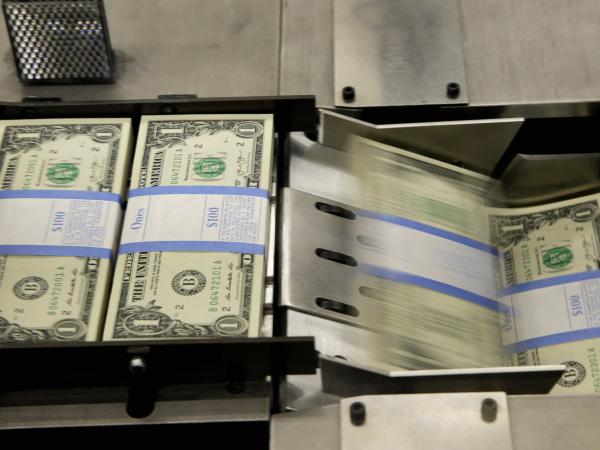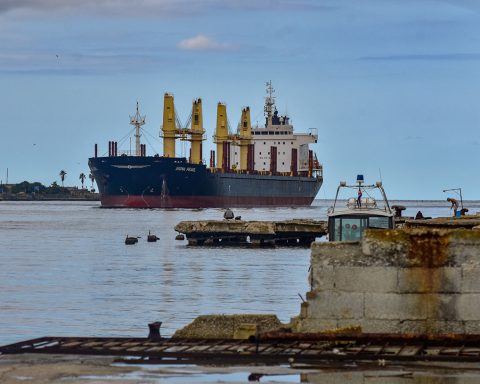An analysis document from the firm Corficolombiana says that candidate Gustavo Petro’s proposal to suspend the signing of new hydrocarbon exploration contracts, in the context of the global energy transition, could bring various economic impact effects such as a devaluation between 40 and 44% by 2027, which would take the dollar to a maximum of $7,020.
(Dollar falls and trades below $4,000).
The firm says that for Colombia, this decision would have important consequences not only on investment in exploration, but also on that destined for the development and exploitation of discovered oil and gas deposits. The macroeconomic effects would be drastic and immediate on the exchange rate and the trade balance, as we analyze in this report.
In particular, candidate Petro’s proposal consists of transforming the composition of Colombia’s energy matrix, laying the foundations for a gradual de-escalation of hydrocarbon extraction. For this, he proposes “stop the granting of new licenses for the exploration of hydrocarbons, prohibit the exploration and exploitation of unconventional deposits, as well as suspend pilot fracking projects and the development of offshore deposits. In the case of the exploitation of current reserves, these would be used for internal consumption”.
(The dollar strengthens: is it regaining its power or has it never lost it?).
Corficolombiana says that this proposal would weaken oil activity to create a policy focused on non-conventional renewable energy. This would not only discourage new investments in hydrocarbon exploration, but also those in projects for the development of reserves and discovered resources, slowing down their execution and even putting their economic viability at risk.
The macroeconomic impact for Colombia of an accelerated drop in oil production – associated with the disincentive to new exploration – has several dimensions, not only because of its implications on the exchange rate and external accounts, according to Corficolombiana.
The financial corporation is based on the two oil production scenarios carried out by the Colombian Petroleum Association (ACP), based in turn on the official reports of reserves and resources presented by the National Hydrocarbons Agency (ANH).
Scenario A assumes that new exploration contracts continue to be signed in the coming years, while scenario B assumes that they are suspended from 2023.
In scenario A, he says that production would remain around current levels (760,000 barrels per day) between 2023 and 2027, and would start to fall from 2028, with which self-sufficiency would reach until 2033 and from then on the country would have to import raw.
Scenario B coincides with the production path of the ANH, in which production would fall at an average rate of 9.8% annually between 2022 and 2027, going from 756,000 barrels per day in 2022 to 715,000 barrels per day in 2023 (-5.4%) and 450,000 barrels per day in 2027.
In this case, Colombia would lose oil self-sufficiency as of 2028, that is, it would produce less than what local refineries consume (approximately 400,000 barrels per day) and would become a net importer of oil.
(What will happen to the dollar after the results of the second round?).
Corficolombiana says that in the year 2040 the country would completely exhaust its crude production.
”In 2027, the devaluation of the nominal exchange rate would be between 39.9% and 43.7%, which implies that the dollar would trade between $5,080 and $7,020, while the goods trade deficit would increase between 15.4% and 38.6% and the value of imports would contract between 4.8% and 8.9%”assures Corficolombiana.
This would have a harsh impact on consumption and investment in the Colombian economy, which would surely be dragged into a recession, says Corficolombiana’s analysis.
BRIEFCASE

















